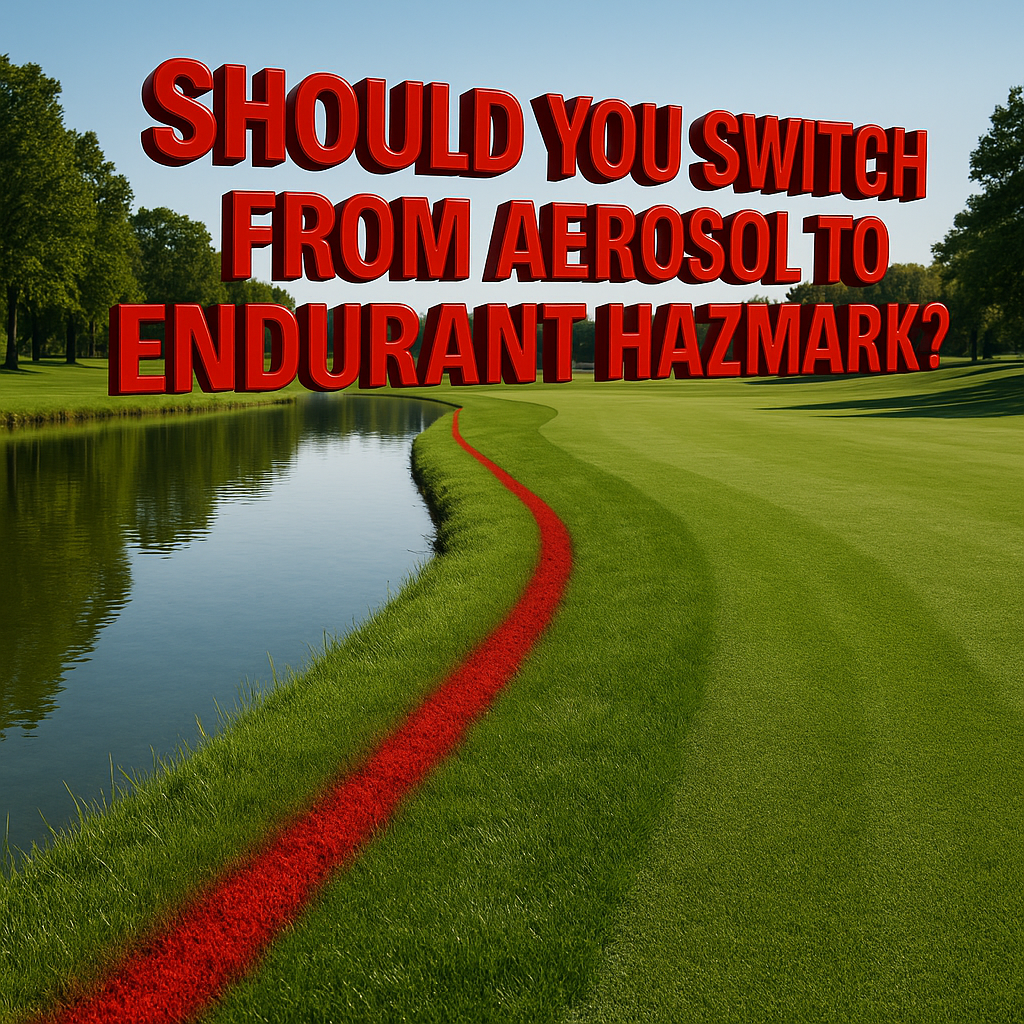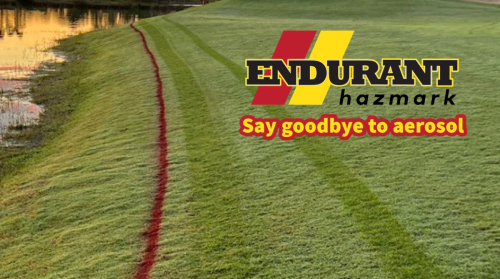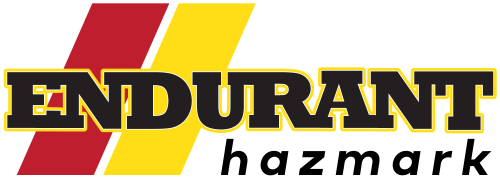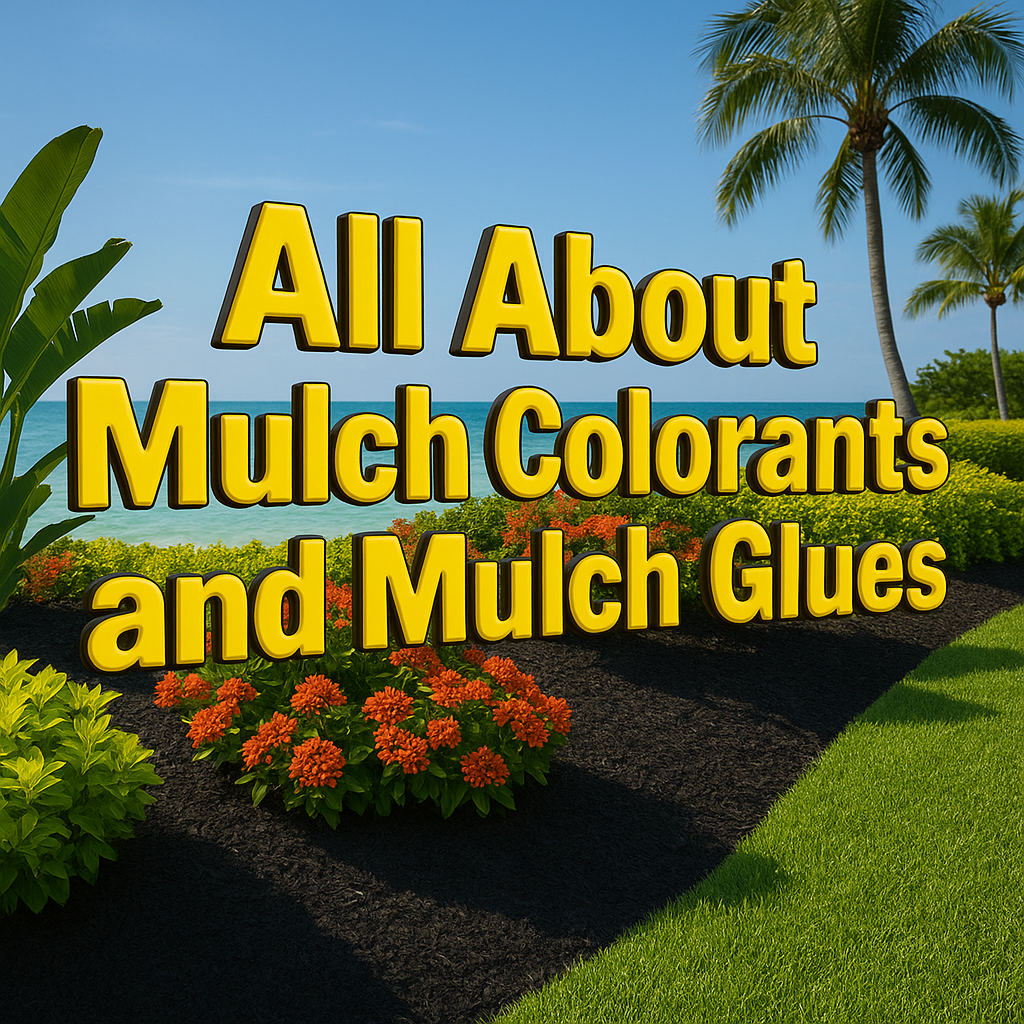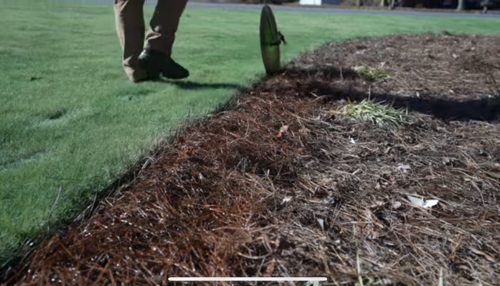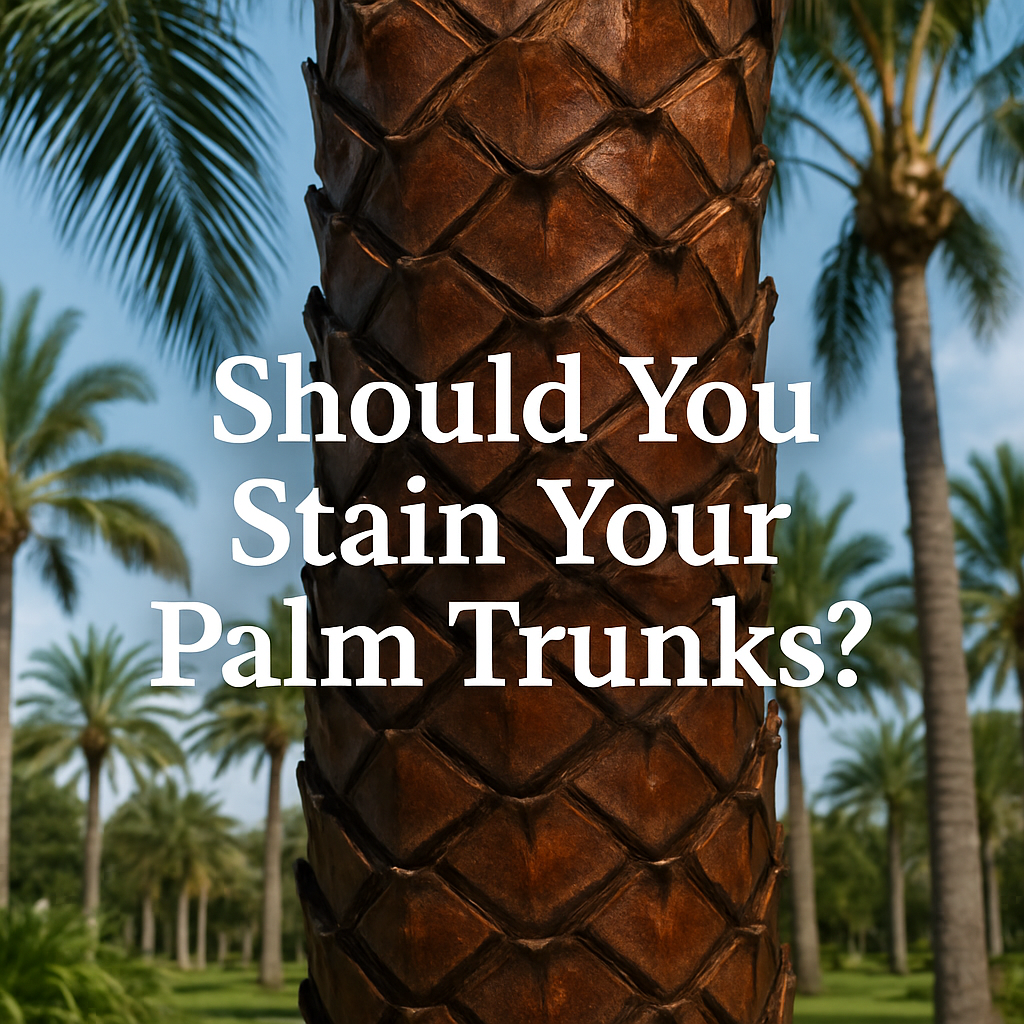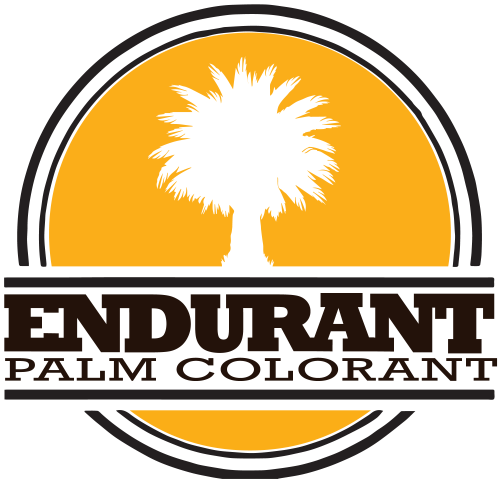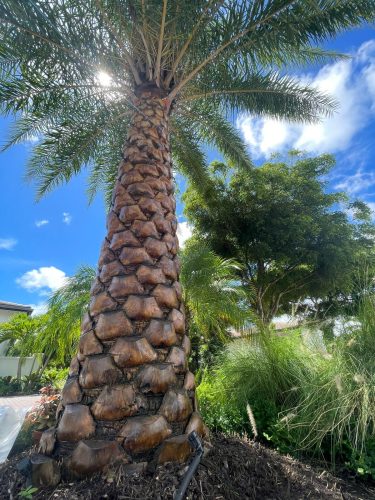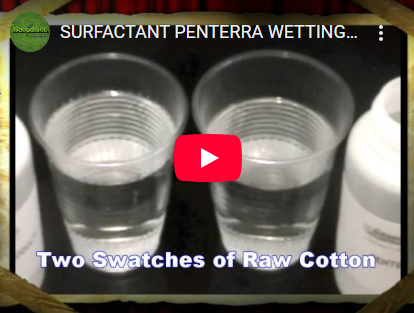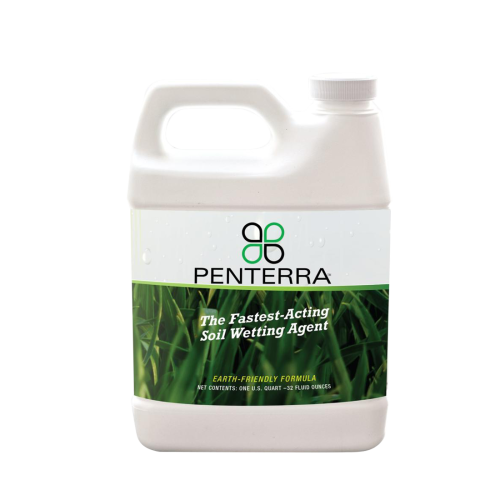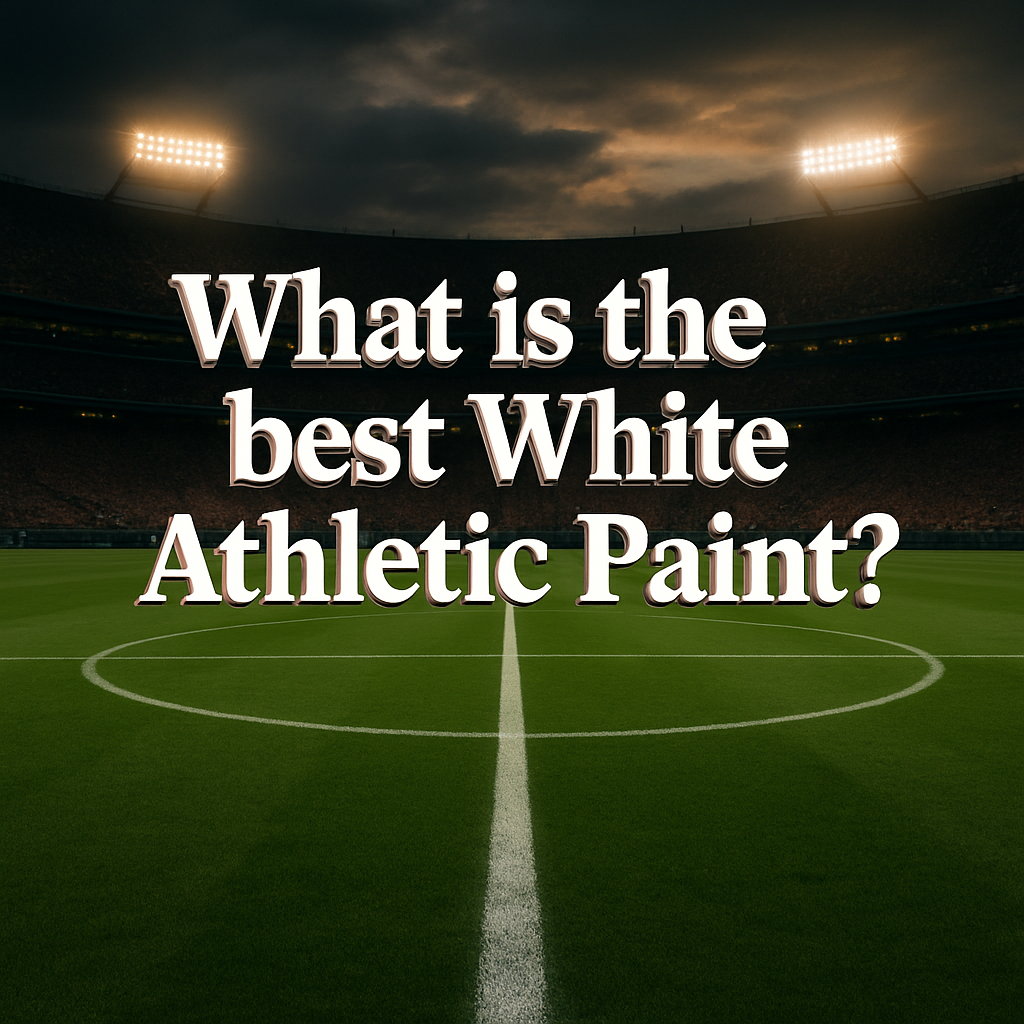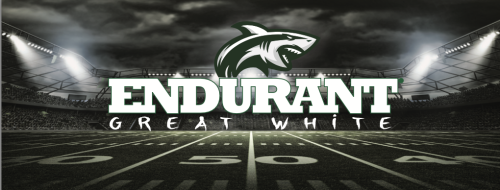What Is the Best Way to Mark Hazard Lines on a Golf Course?
On a golf course, hazard lines are essential. They define the boundaries of water hazards, lateral hazards, and ensure compliance with USGA regulations while guiding players visually. Traditionally, many courses use aerosol cans for marking these lines, but those come with waste, high replacement frequency, and limited longevity.
The better way?
Use Endurant Hazmark—an environmentally conscious, highly visible, concentrated hazard line paint that reduces labor, cost, and aerosol use.
BUY NOW FREE SHIPPING
What Is Endurant Hazmark?
Endurant Hazmark is a premium, concentrated hazard line paint developed by Geoponics Corp. It is designed specifically for golf courses to mark red or yellow hazard lines on turf clearly and with long-lasting results. A single 1-gallon container can be diluted to make 10 gallons of ready-to-use (RTU) paint.
Even better: When applied with a growth regulator, lines can last up to 2 months, reducing the need for frequent re-marking.
Available through:
➡️ SiteOne Landscape Supply
➡️ ShopGeoponics.com
Why Should You Avoid Aerosol Cans for Hazard Lines?
1. Environmental Impact
Each aerosol can adds to environmental waste. Plus, they are not refillable, and their propellant chemicals contribute to greenhouse gas emissions.
2. Inconsistent Coverage
Aerosol spray patterns are inconsistent, often requiring multiple passes or resulting in overspray—especially on uneven turf.
3. Frequent Reapplication
Hazard lines sprayed with aerosol paint often fade quickly, especially in rain or high-traffic zones. This results in weekly or bi-weekly reapplication.
4. Higher Cost Over Time
While aerosols may seem inexpensive per unit, the cumulative cost of repeat purchases and labor adds up fast—not to mention the storage and disposal challenges.
How Does Endurant Hazmark Save Time and Money?
✅ Highly Concentrated Formula
One gallon of Hazmark = 10 gallons of RTU paint. That means fewer purchases, fewer deliveries, and less waste.
✅ Longevity with Growth Regulator
Hazmark lines can last up to 2 months, especially when used with a turf growth regulator, reducing how often crews need to remap hazard lines.
✅ Water-Based and Turf-Safe
Hazmark is a water-based formulation, reducing harm to turf and allowing for safe, easy cleanup.
✅ Improved Application Process
Hazmark is applied using walk-behind or ride-on sprayers, ensuring consistent width and clean lines with less effort and greater speed.
✅ Cost-Efficient
Hazmark reduces:
-
Paint costs (due to dilution)
-
Labor (less frequent applications)
-
Equipment wear-and-tear
-
Environmental disposal fees for used aerosol cans
How to Apply Hazard Lines with Endurant Hazmark
Here’s a detailed breakdown for best practices in hazard line marking using Endurant Hazmark:
1. Hazard Identification and Boundary Marking
-
Locate the hazard: Identify where the hazard starts and ends—red for lateral water hazards, yellow for standard water hazards.
-
Mark temporarily: Use small flags, stakes, or chalk to predefine the line. This ensures accuracy and saves time during spraying.
2. Gather Equipment & Materials
Recommended Tools:
-
Endurant Hazmark paint (concentrate)
-
Water (for dilution—typically 1:10 ratio)
-
Walk-behind or ride-on sprayer
-
Flat fan nozzles
-
Protective gear: gloves, safety glasses, and long-sleeve gear
-
Optional: turf growth regulator to extend longevity
3. Mixing Instructions
-
Dilution Ratio: Mix 1 gallon of Hazmark with 9 gallons of water in the sprayer tank.
-
Agitate thoroughly: Make sure the paint and water are completely blended for even color dispersion.
-
Add Spray n Stay (optional): To improve adhesion and reduce tracking or wash-off.
4. Spraying the Hazard Line
-
Clear debris: Remove leaves, pine straw, or grass clippings from the marking area.
-
Maintain speed and pressure: Use steady walking speed and consistent pressure for clean, solid lines.
-
Spray close to turf: Keep nozzle at 4–6 inches from the surface.
-
Overlap slightly: On wide lines, overlap edges to maintain uniform coverage.
-
Let dry: Allow 15–30 minutes to fully dry depending on humidity and temperature.
5. Post-Application
-
Remove temporary markers
-
Inspect the lines for gaps
-
Communicate with players about newly marked areas and any rules for play near hazards
6. Maintenance and Reapplication
-
Inspect lines every 4-6 weeks
-
Refresh only when fading is noticeable
-
Use growth regulators to slow grass growth, allowing lines to remain crisp and vibrant longer
What’s the Best Paint Color for Hazard Lines?
-
Red: Lateral water hazards (side of the fairway)
-
Yellow: Standard water hazards (directly in front of or behind the green)
Endurant Hazmark is available in high-visibility red and yellow, formulated to stand out on green grass even in low light or morning dew.
What Type of Golf Courses Use Endurant Hazmark?
-
Private golf clubs
-
Resort courses
-
Municipal golf courses
-
Championship and PGA courses
Hazmark is ideal for courses looking to improve aesthetic presentation, player guidance, and regulatory compliance—while reducing cost and labor.
What Makes Endurant Hazmark a Sustainable Choice?
✅ Reduces single-use waste from aerosol cans
✅ Water-based formula = safer for environment
✅ Less packaging, less shipping
✅ Concentrated = fewer containers used over time
Can I Use Endurant Hazmark With Other Endurant Products?
Yes! Here’s a power combo:
-
Endurant Hazmark for red/yellow lines
-
Endurant Spray n Stay to make lines more durable
-
Endurant Flex or Premium for overall turf color consistency
-
Penterra for soil penetration before painting areas that may be compacted
Where Can I Buy Endurant Hazmark?
Available online or through authorized Geoponics distributors:
-
Other golf-focused distributors across the U.S.
Summary: Why Choose Endurant Hazmark?
| Feature | Aerosol Paint | Endurant Hazmark |
|---|---|---|
| Longevity | 1–2 weeks | Up to 2 months |
| Cost per application | High | Low |
| Environmental impact | High (single-use) | Low (concentrated, water-based) |
| Line visibility | Moderate | High |
| Labor intensity | Frequent re-marking | Reduced frequency |
Final Thoughts
Switching to Endurant Hazmark is more than just a smart move—it’s a strategic investment in sustainability, performance, and operational efficiency.
Golf course superintendents, grounds crews, and turf managers alike are choosing Endurant Hazmark to eliminate the hassle of aerosols, cut costs, and elevate the quality of their courses.
➕ Try Endurant Hazmark Today
Get it from Geoponics Corp distributors like SiteOne Landscape Supply or online at ShopGeoponics.com.

